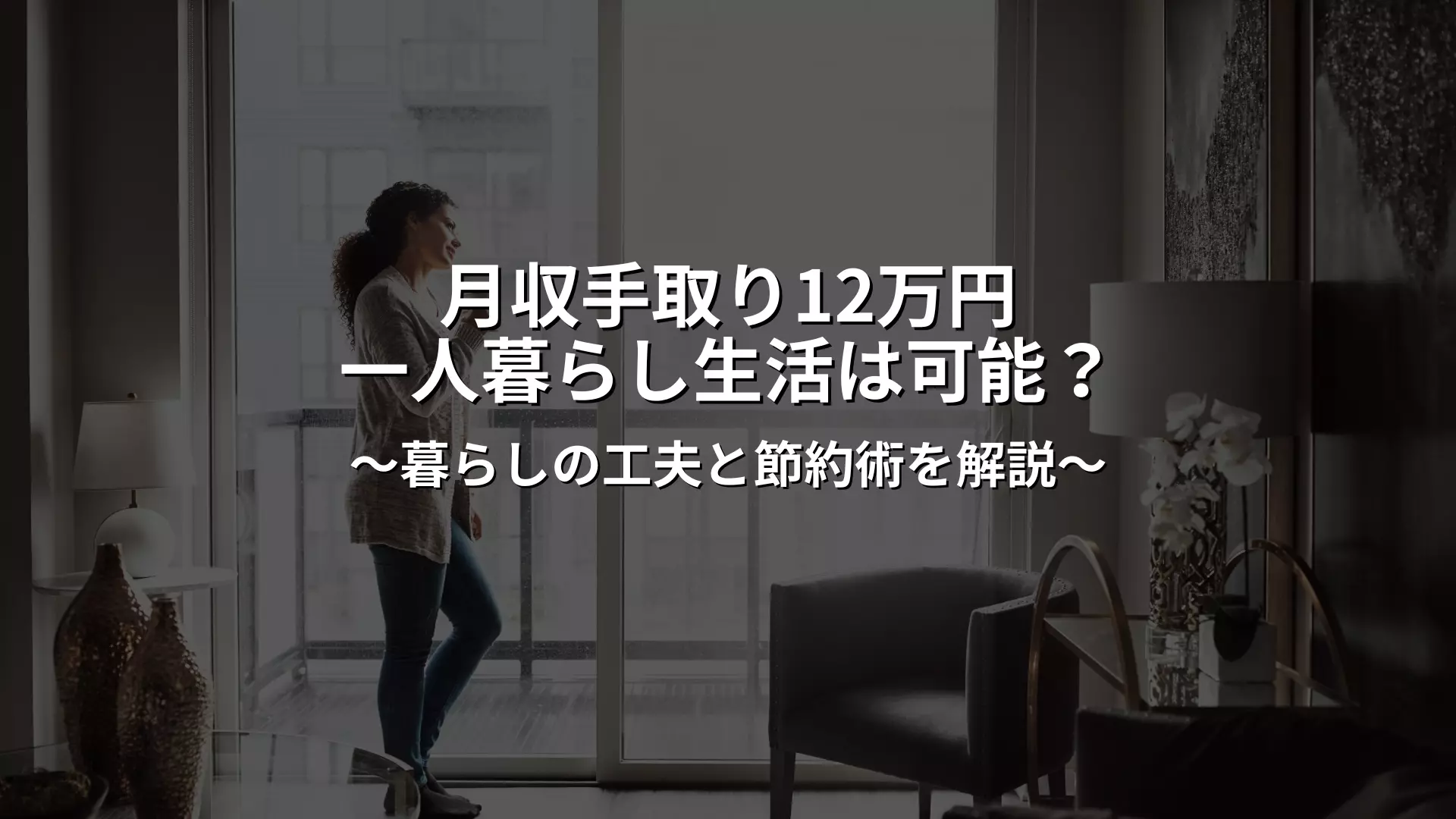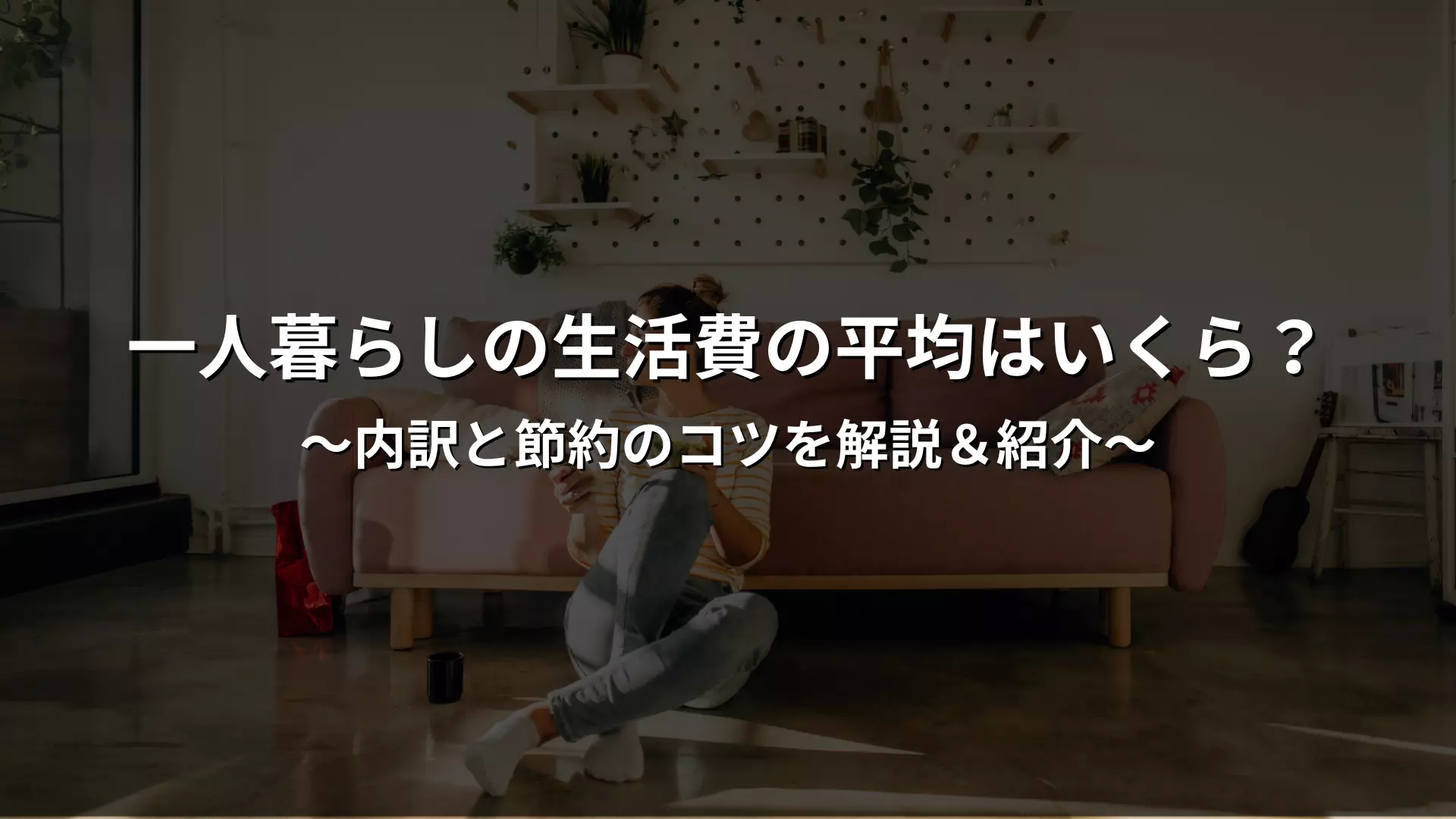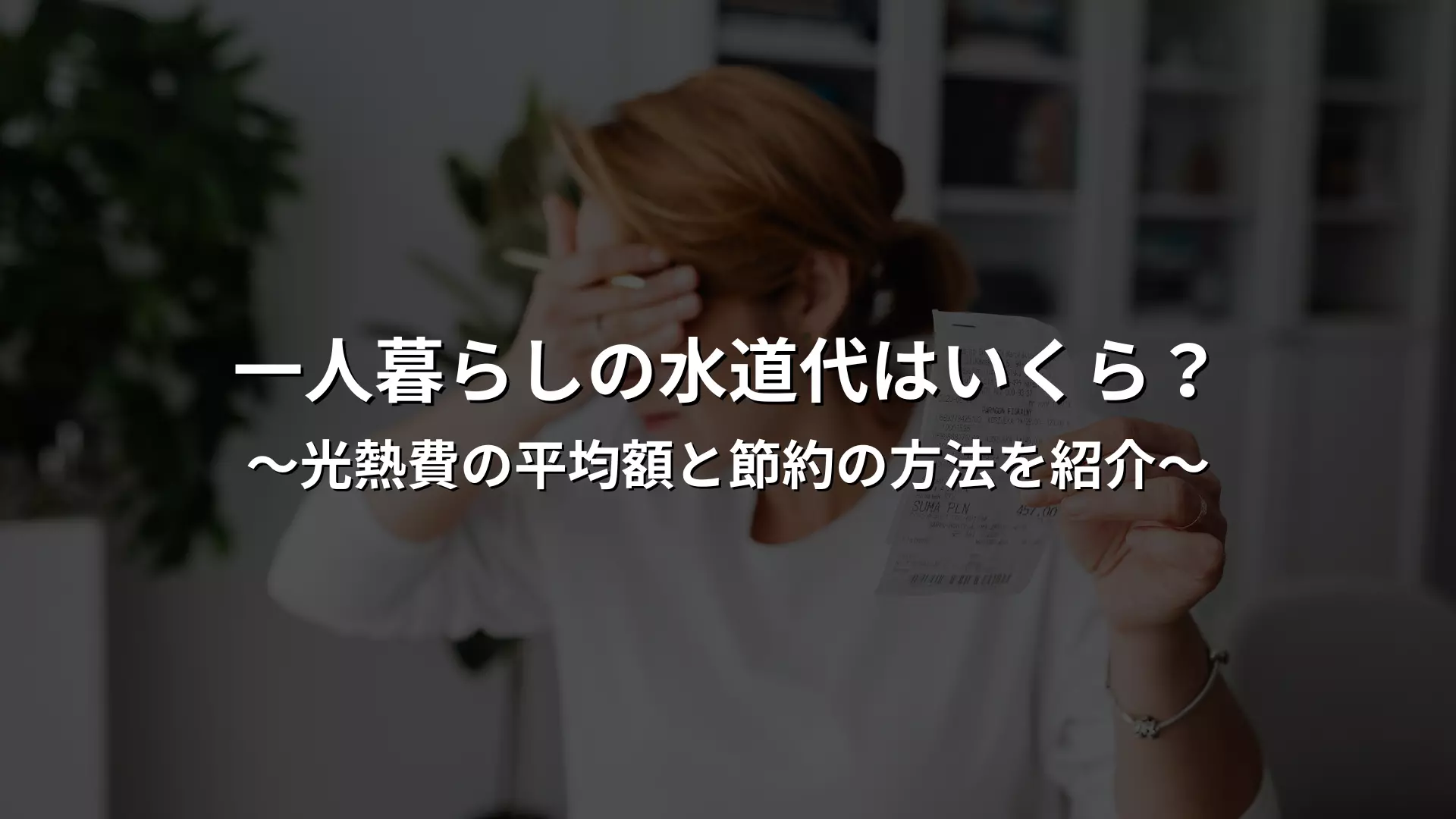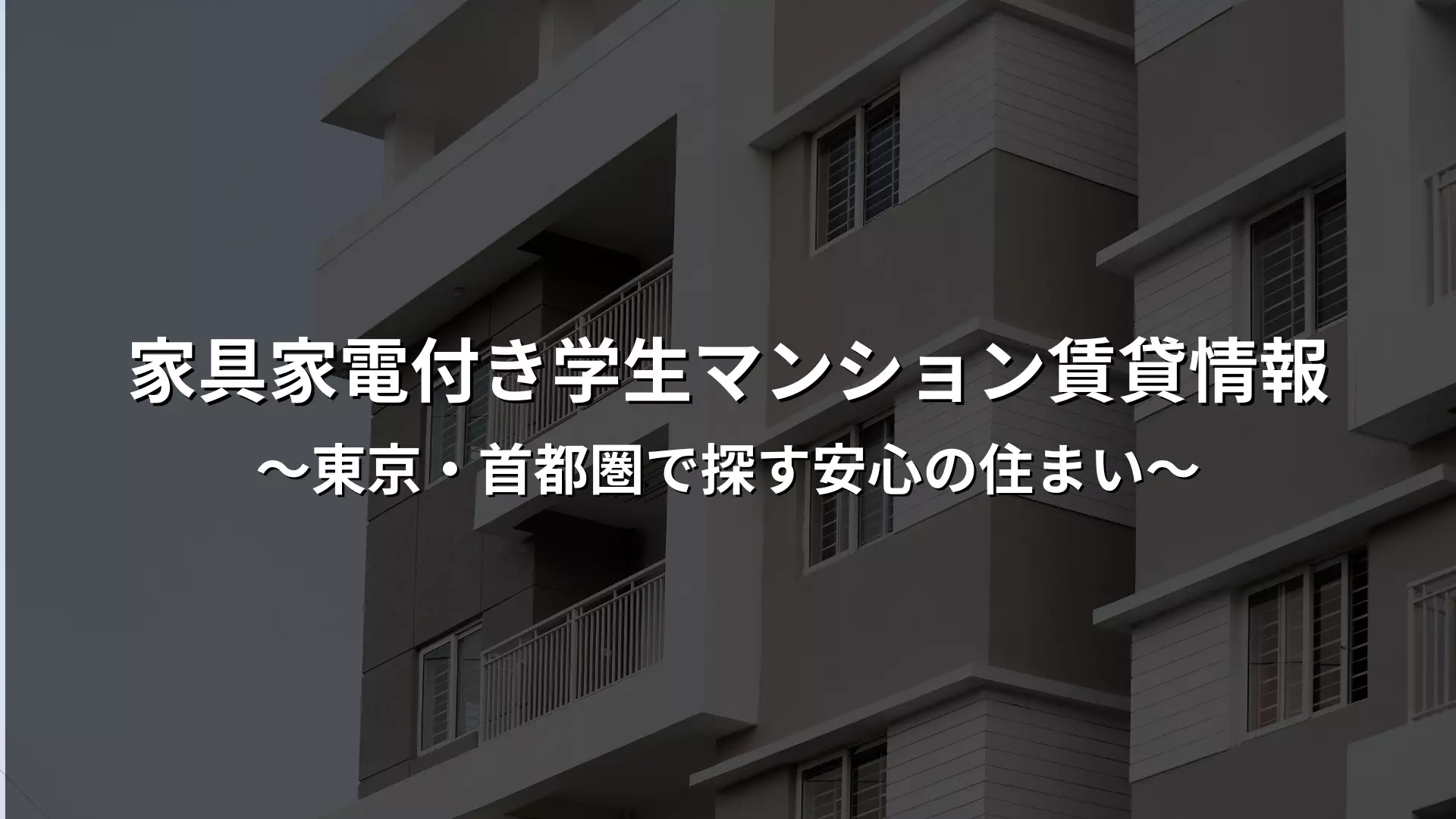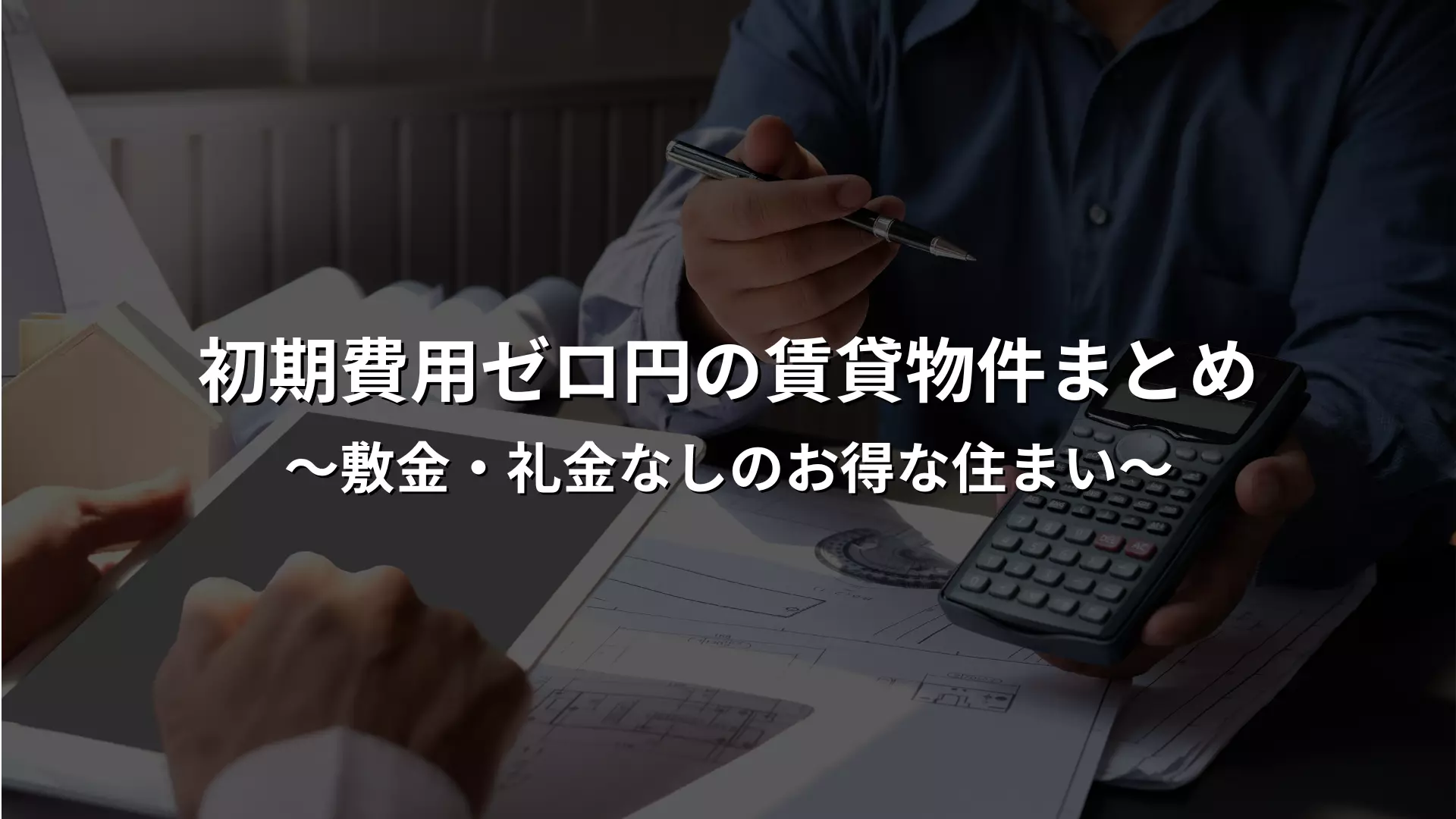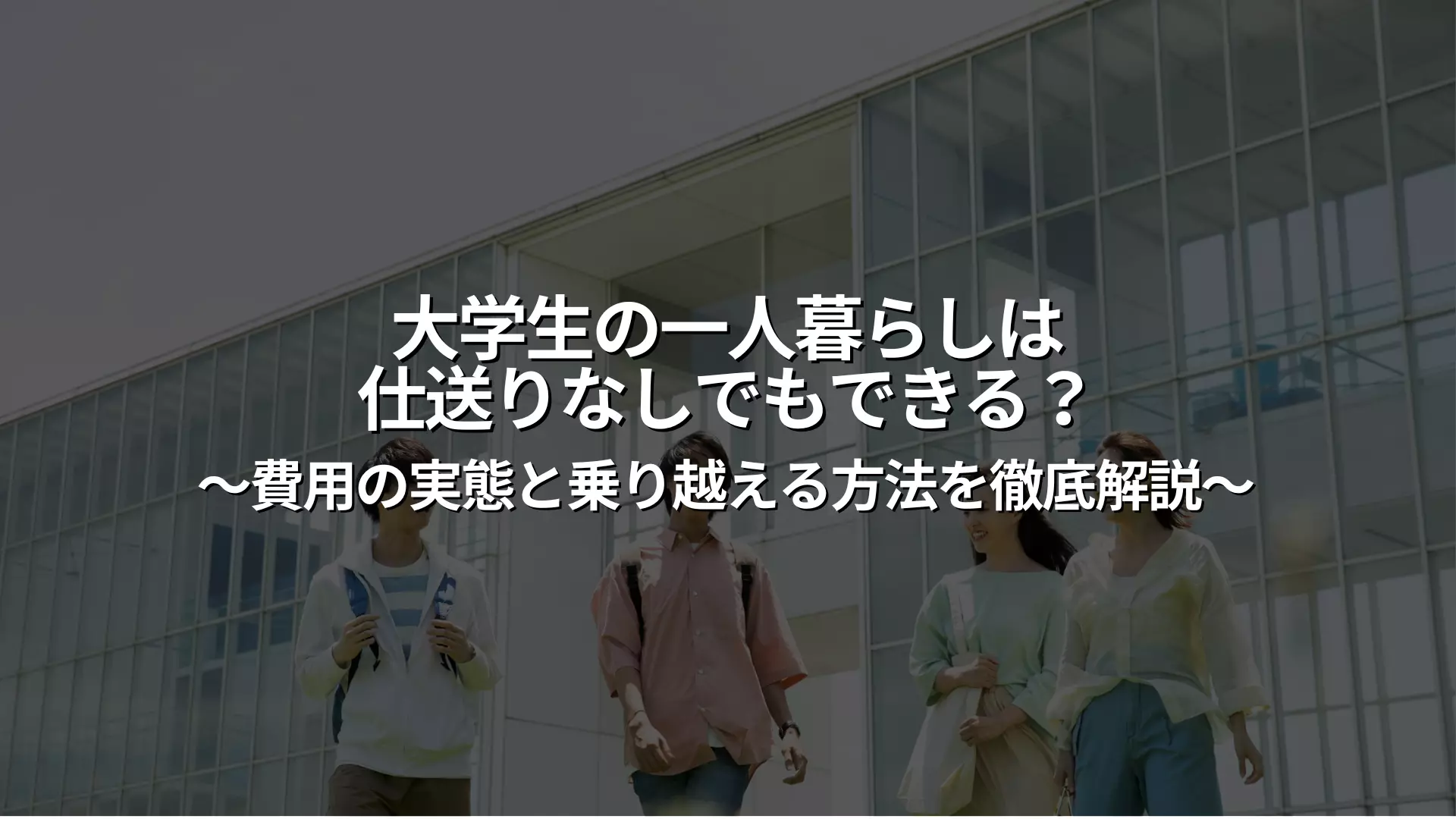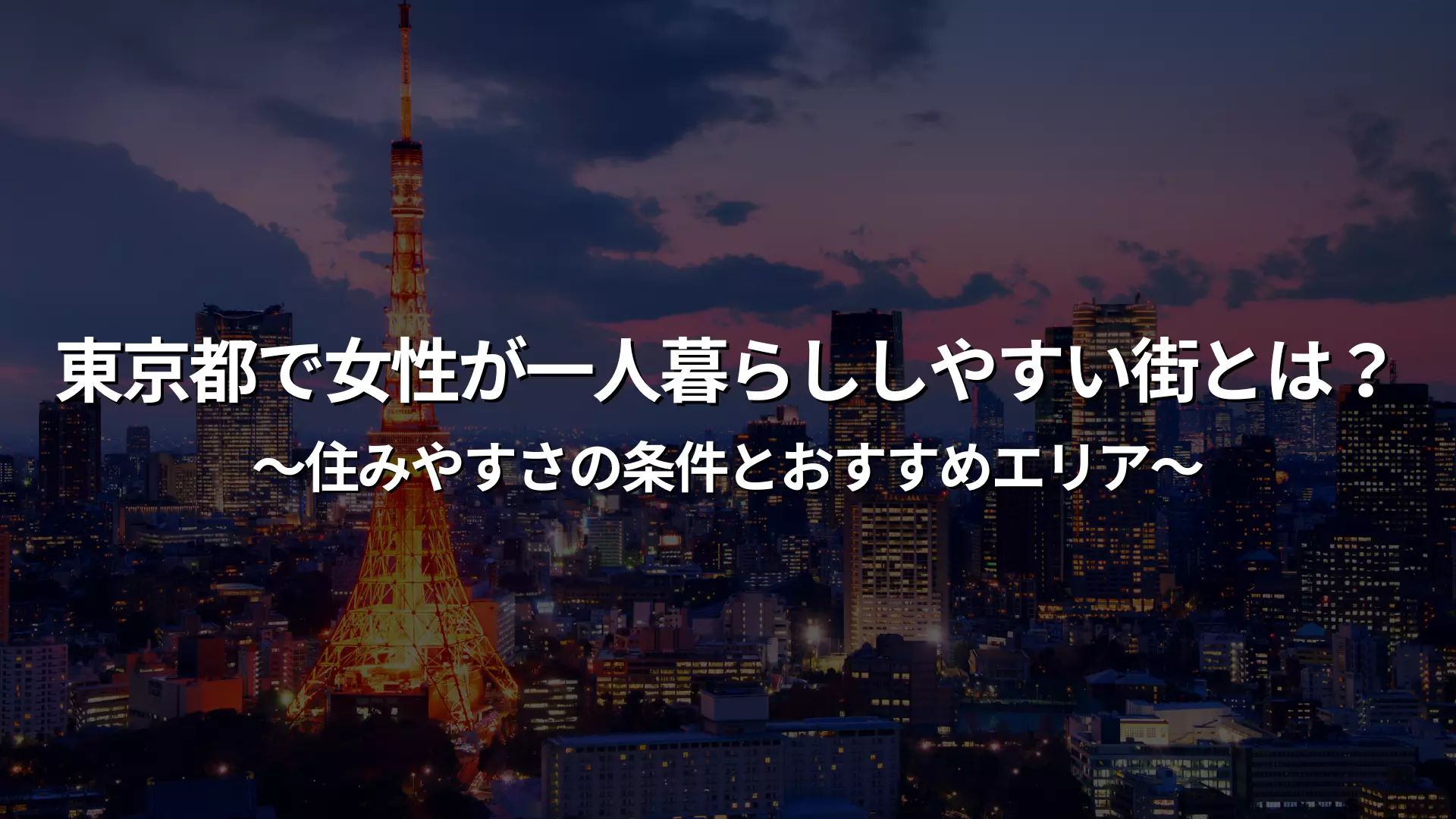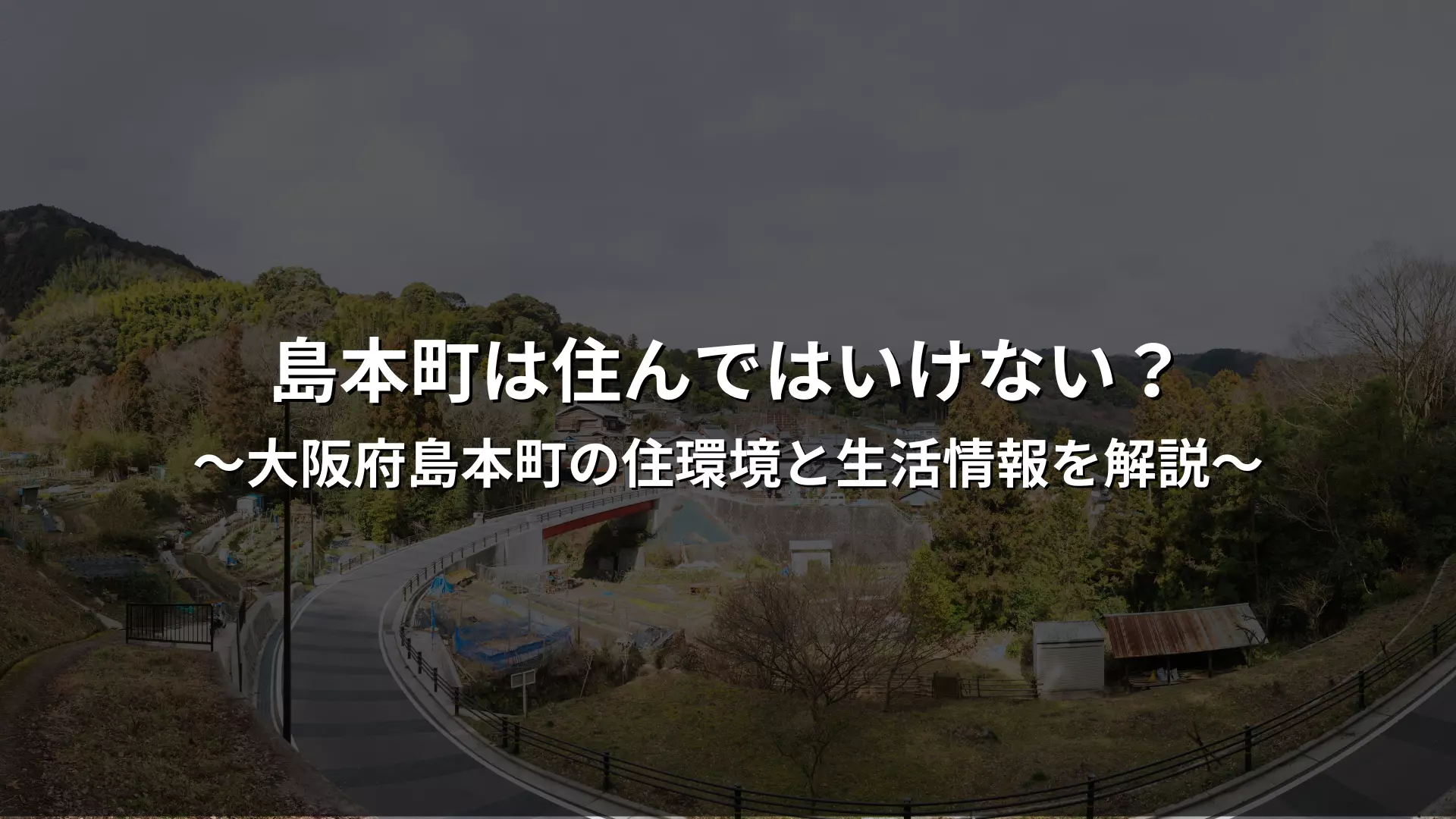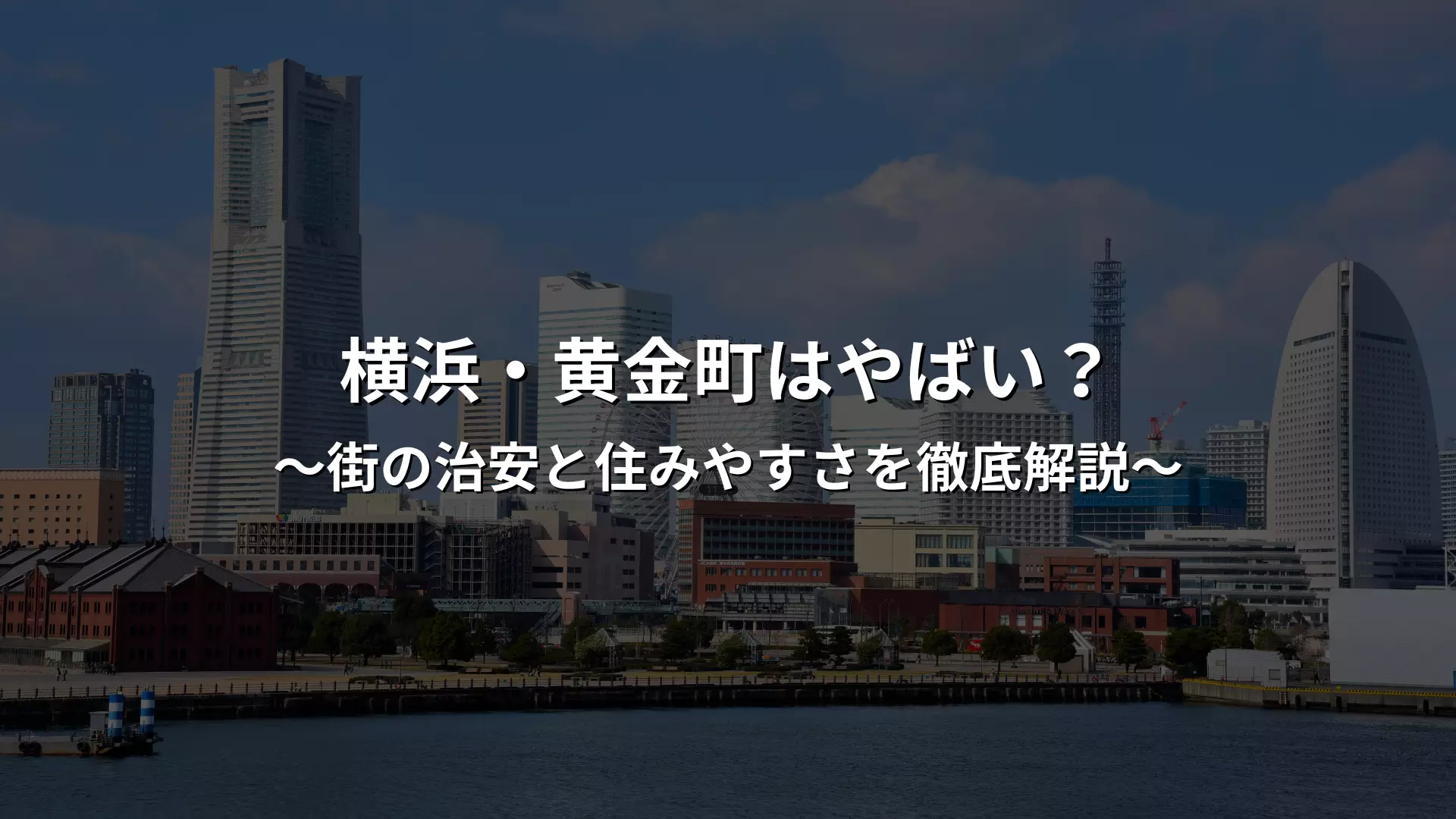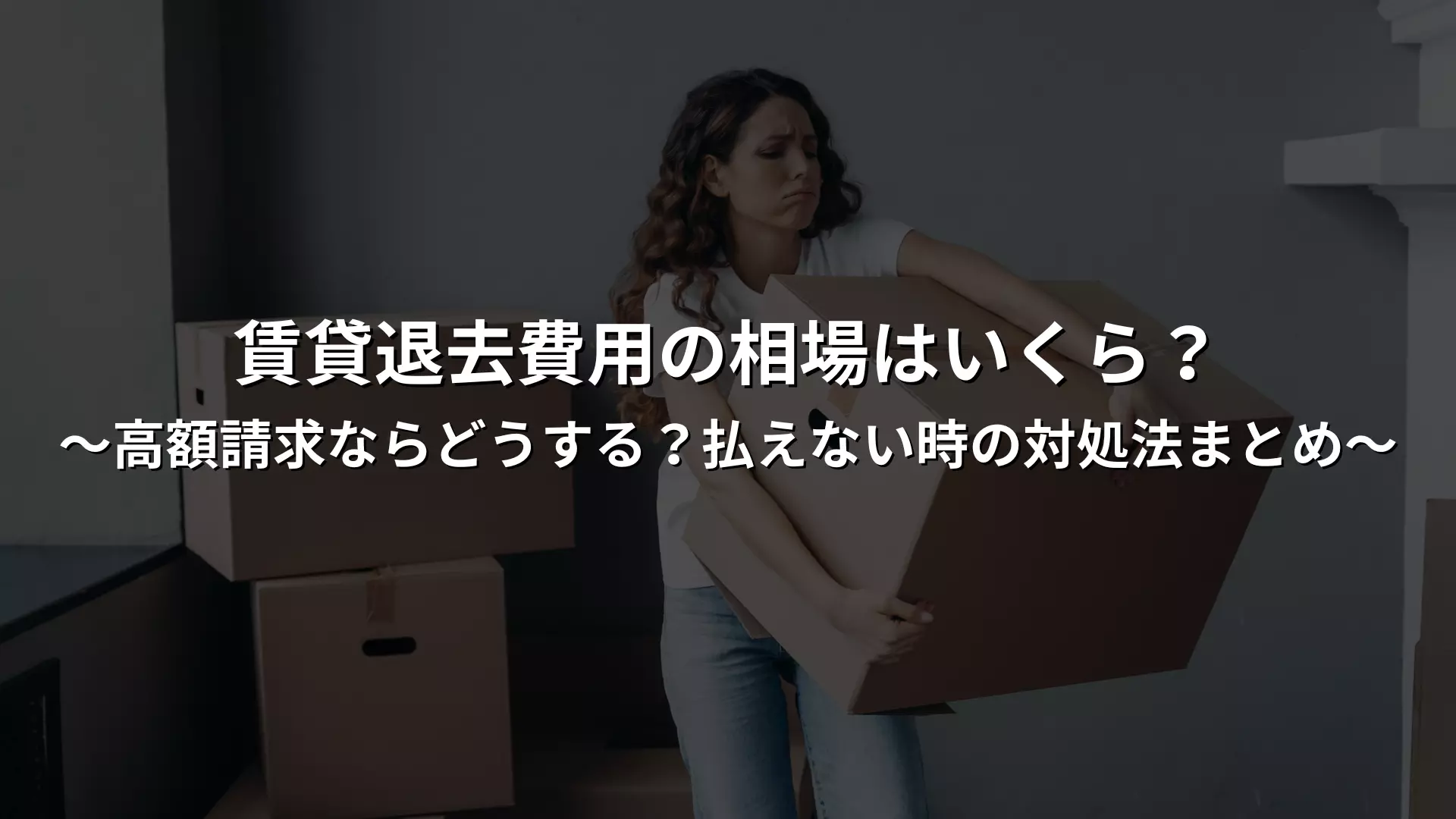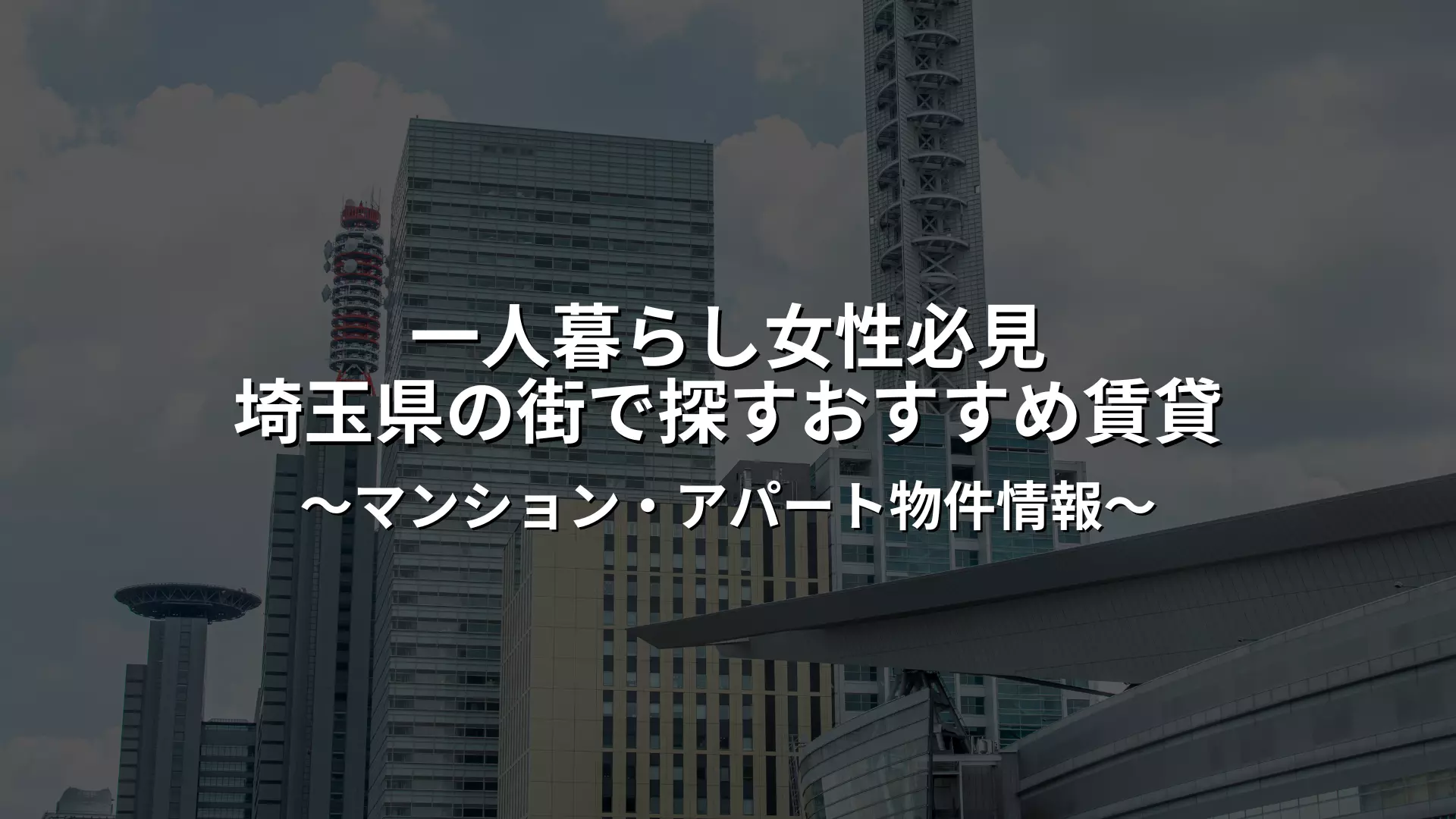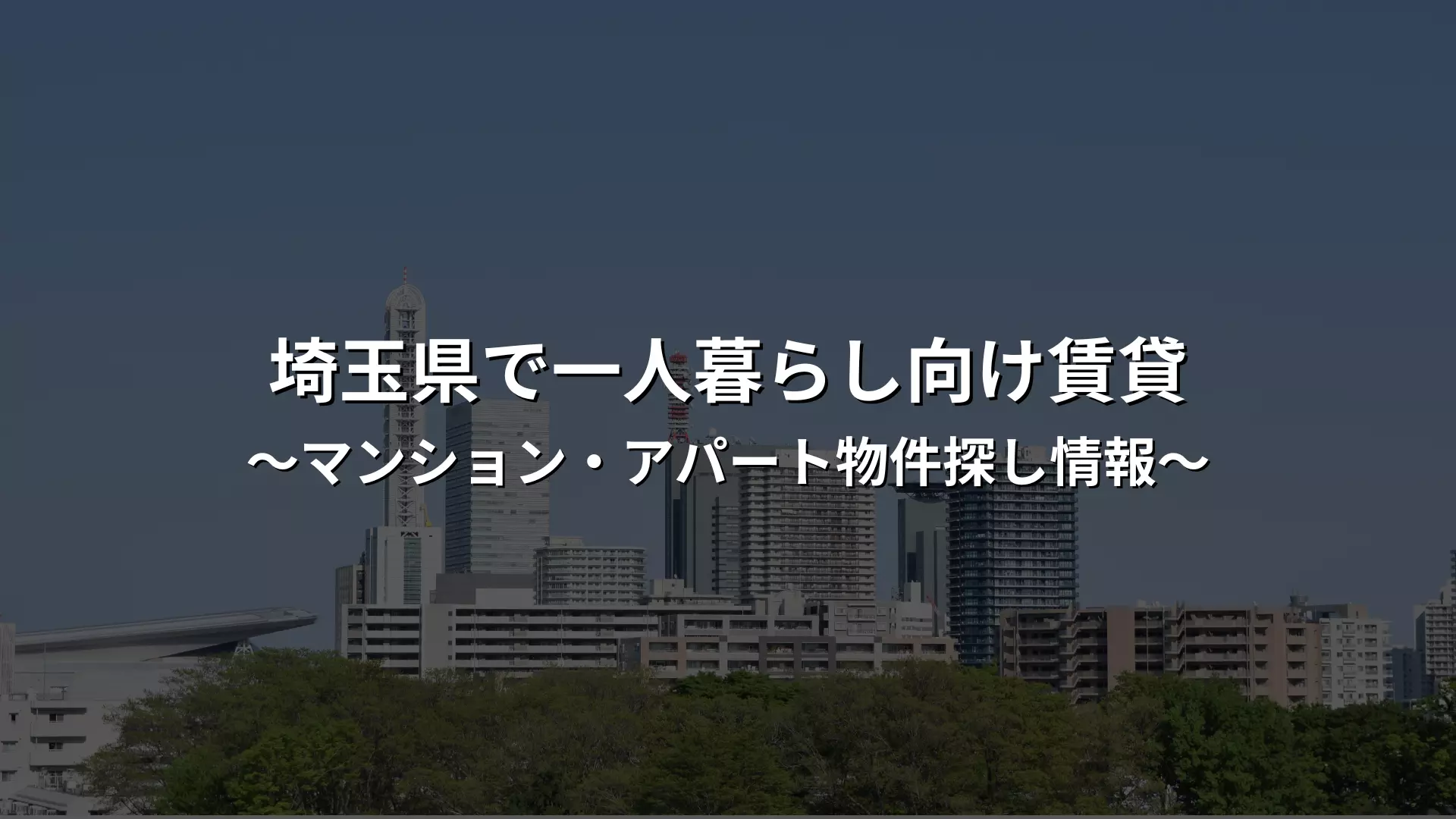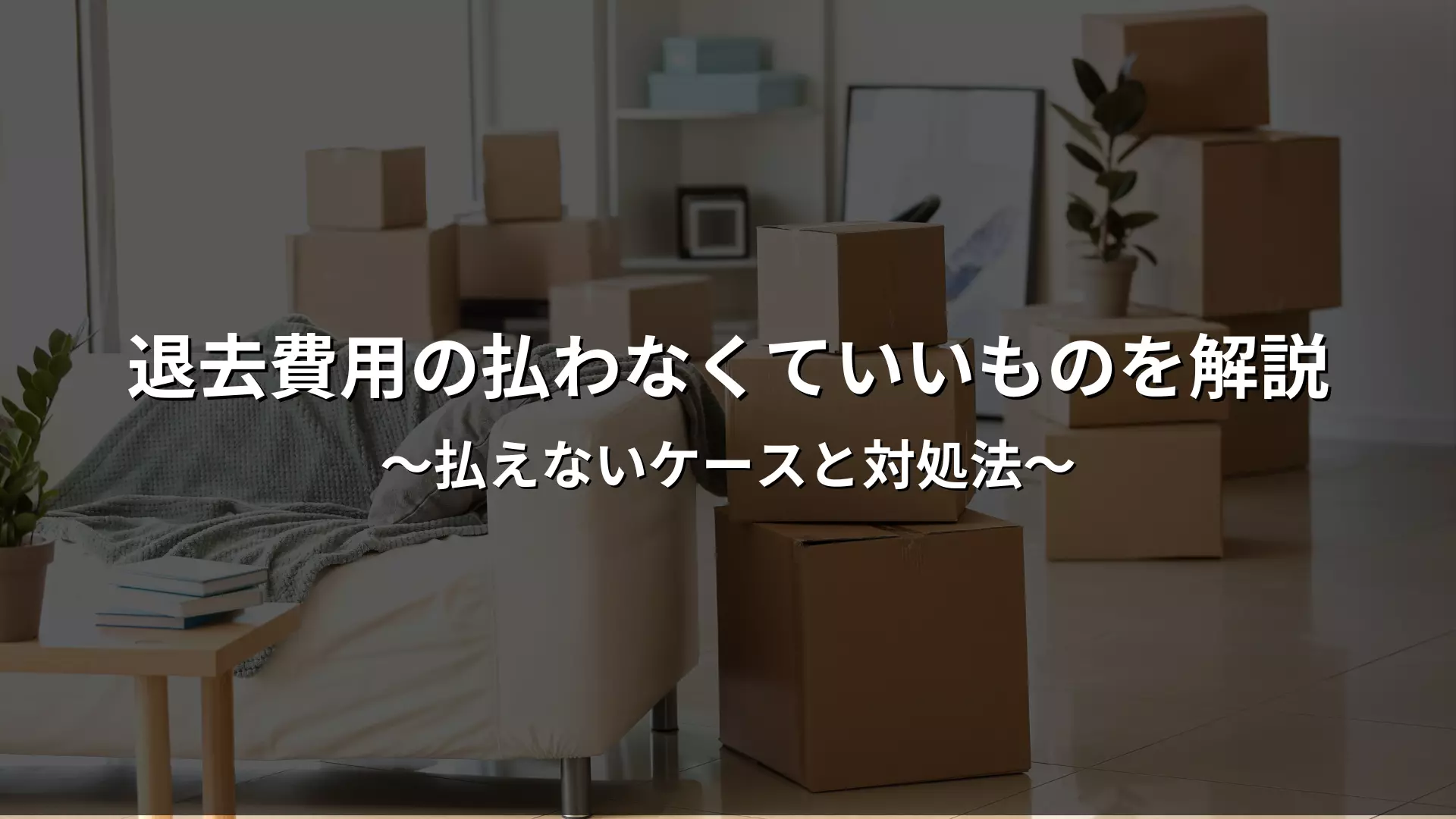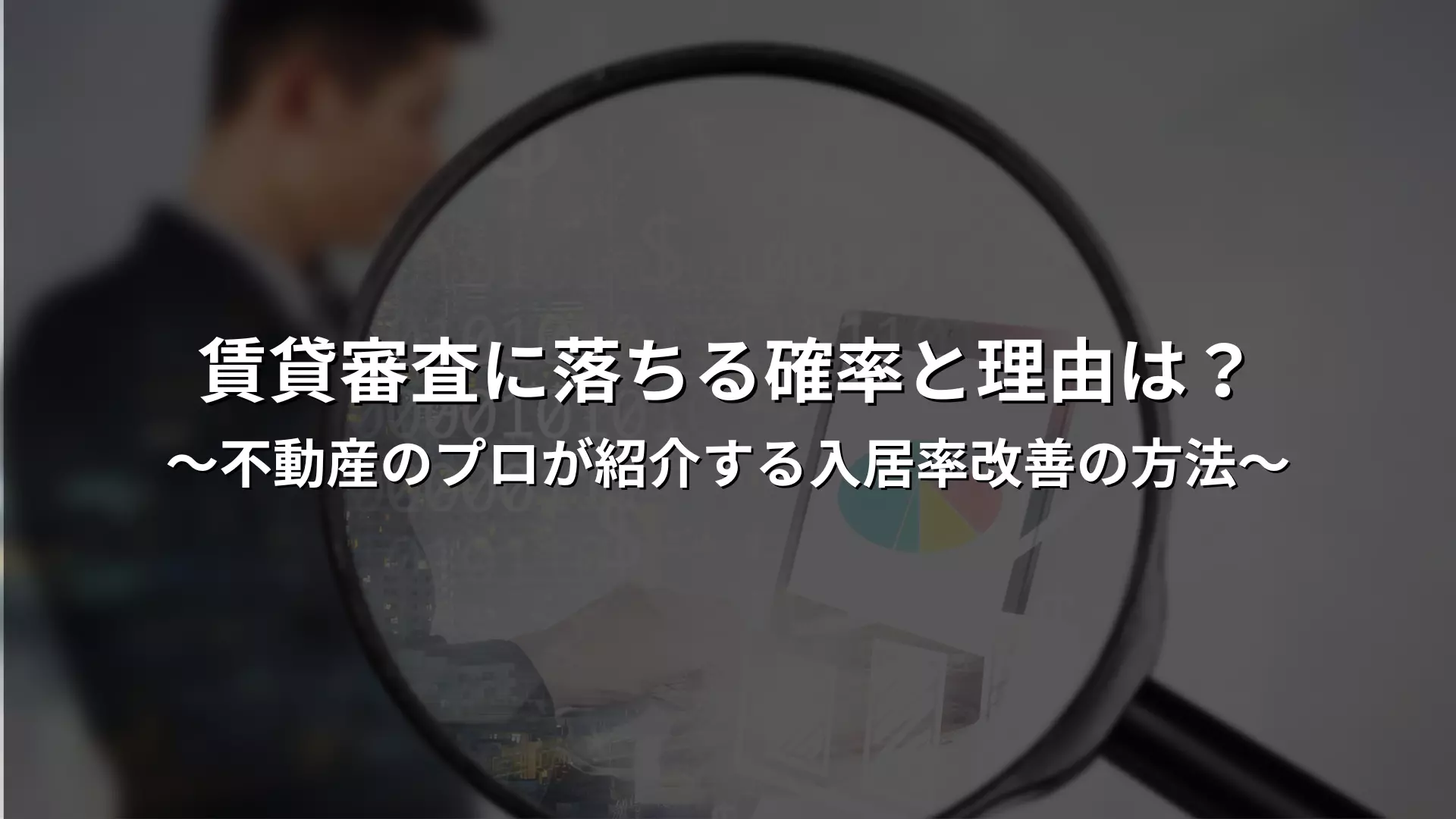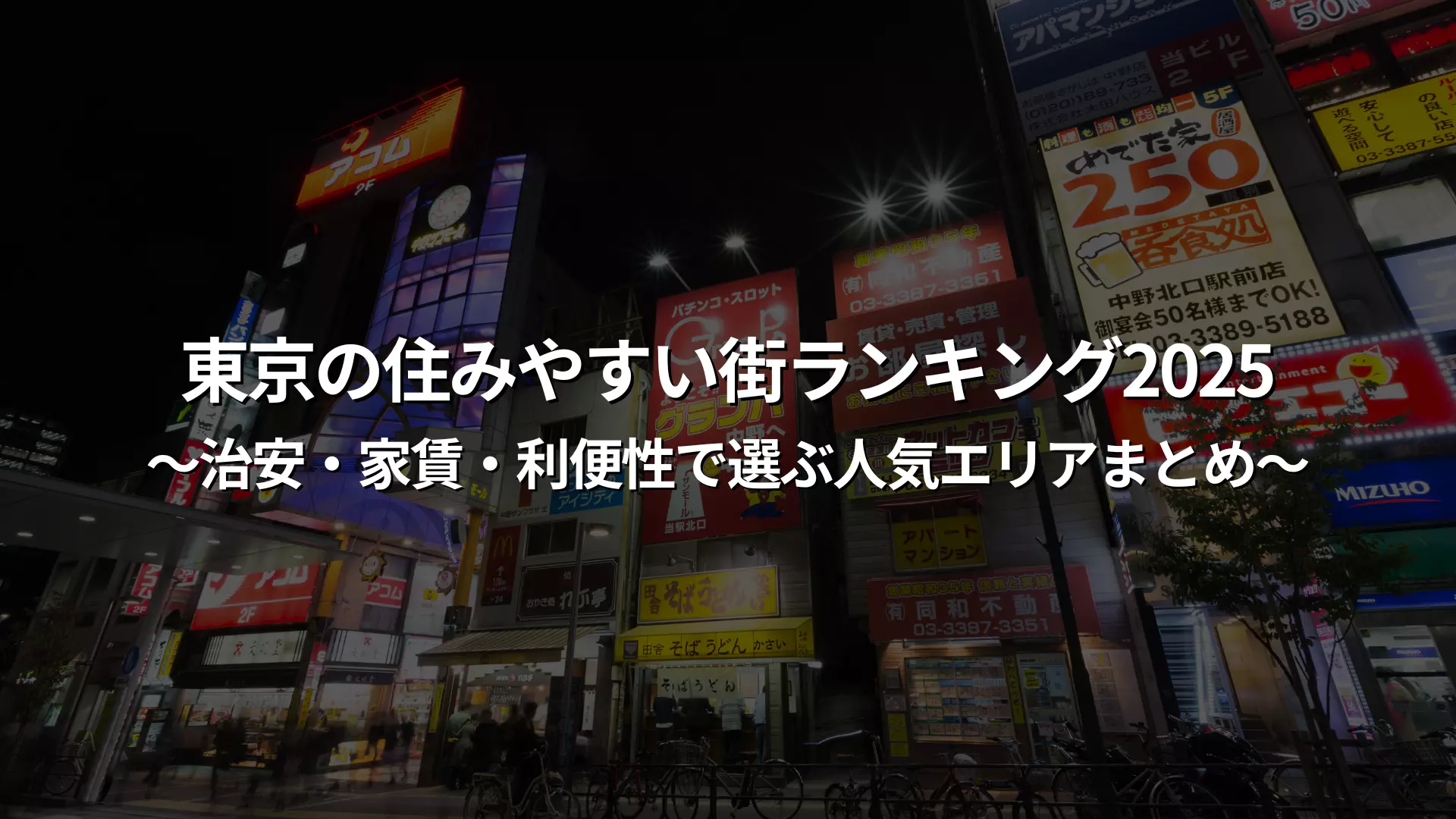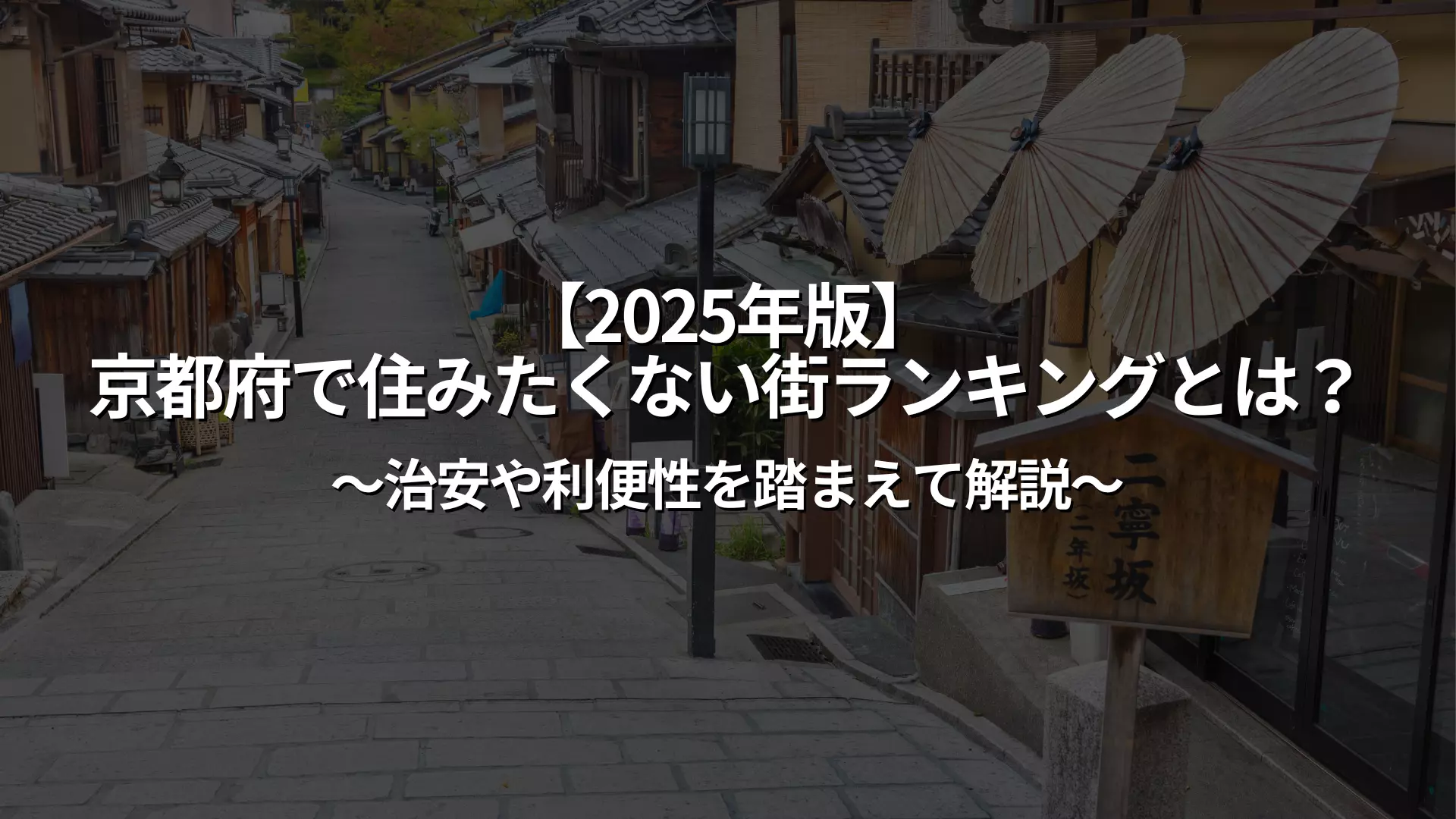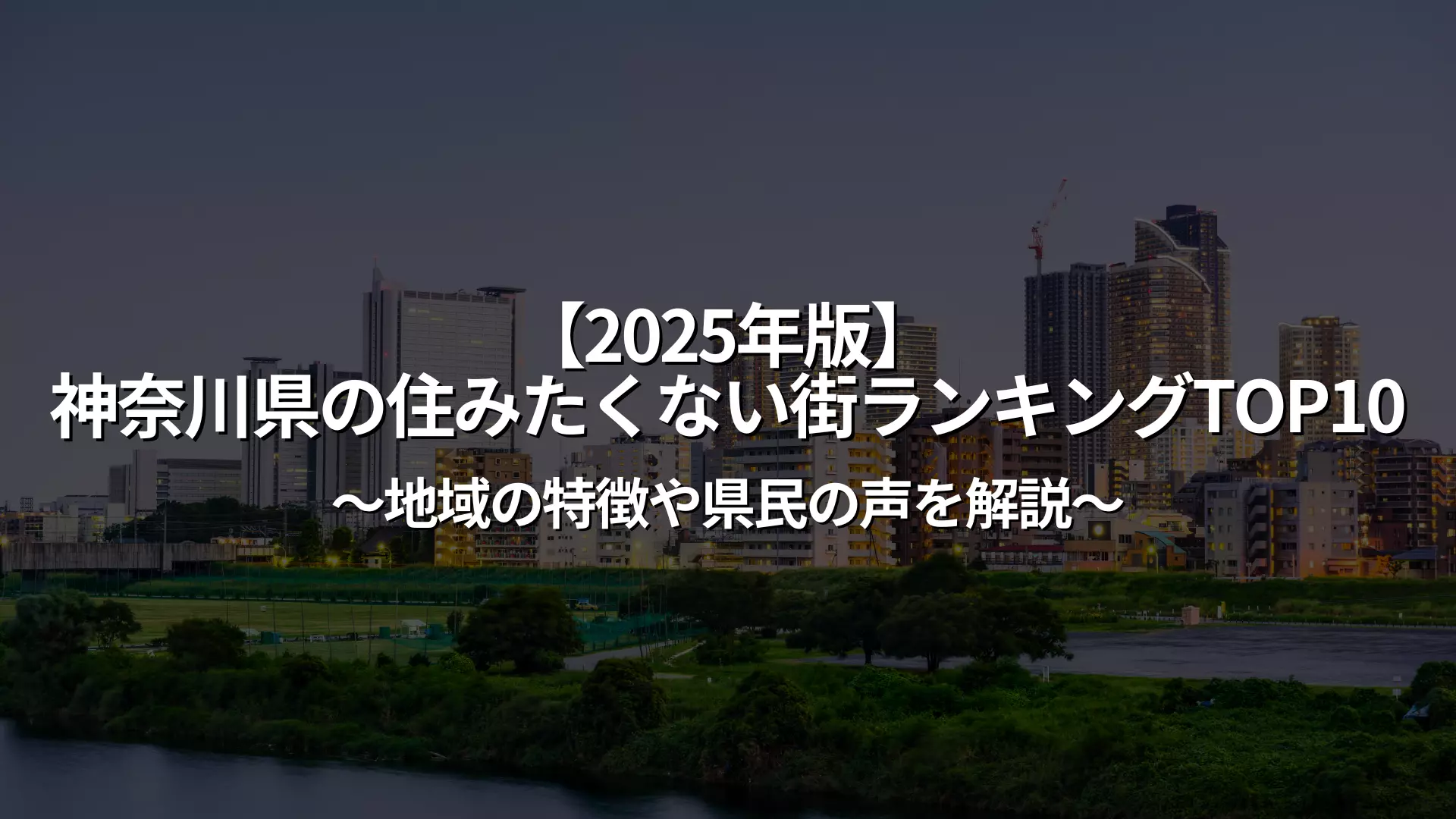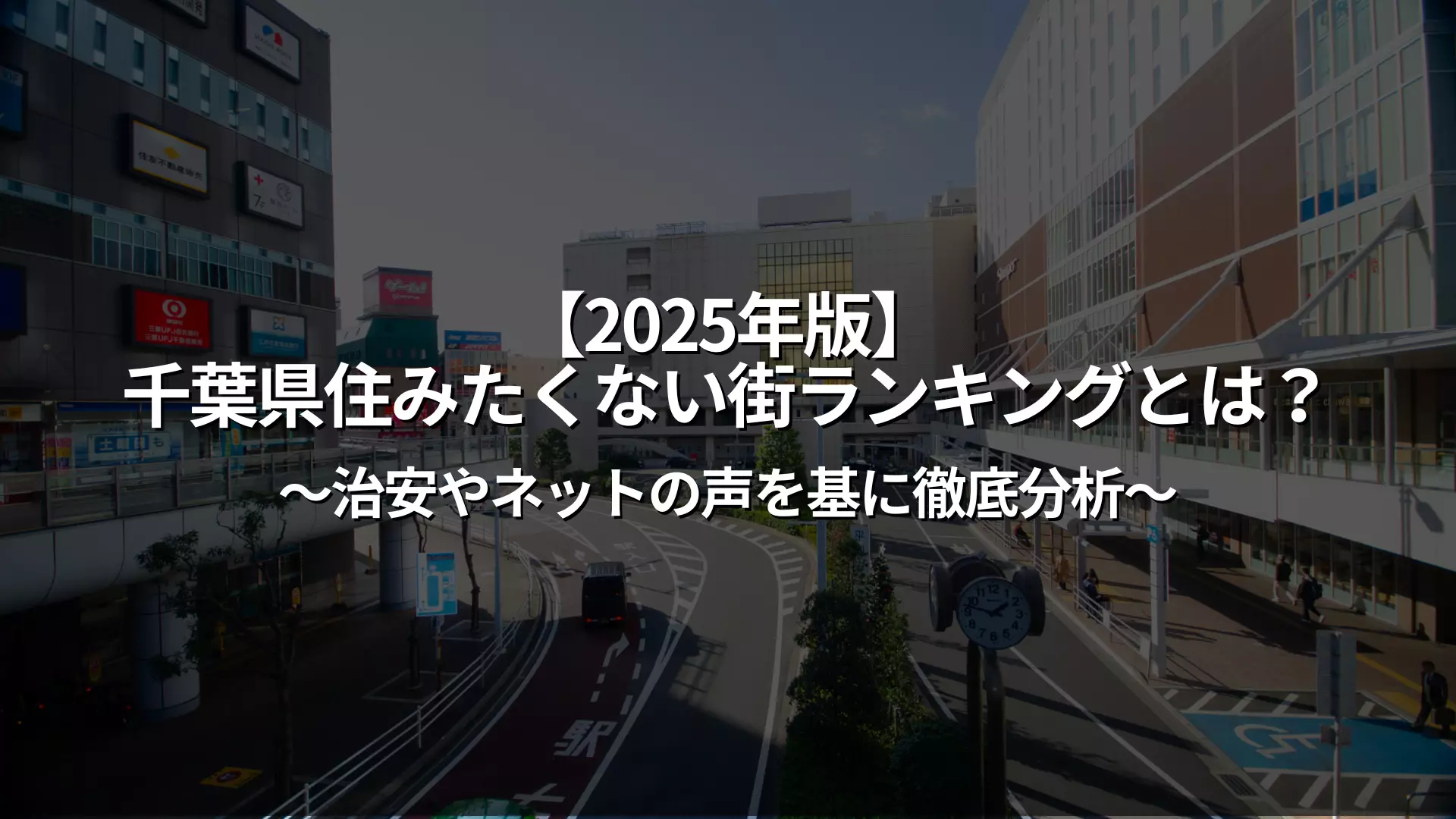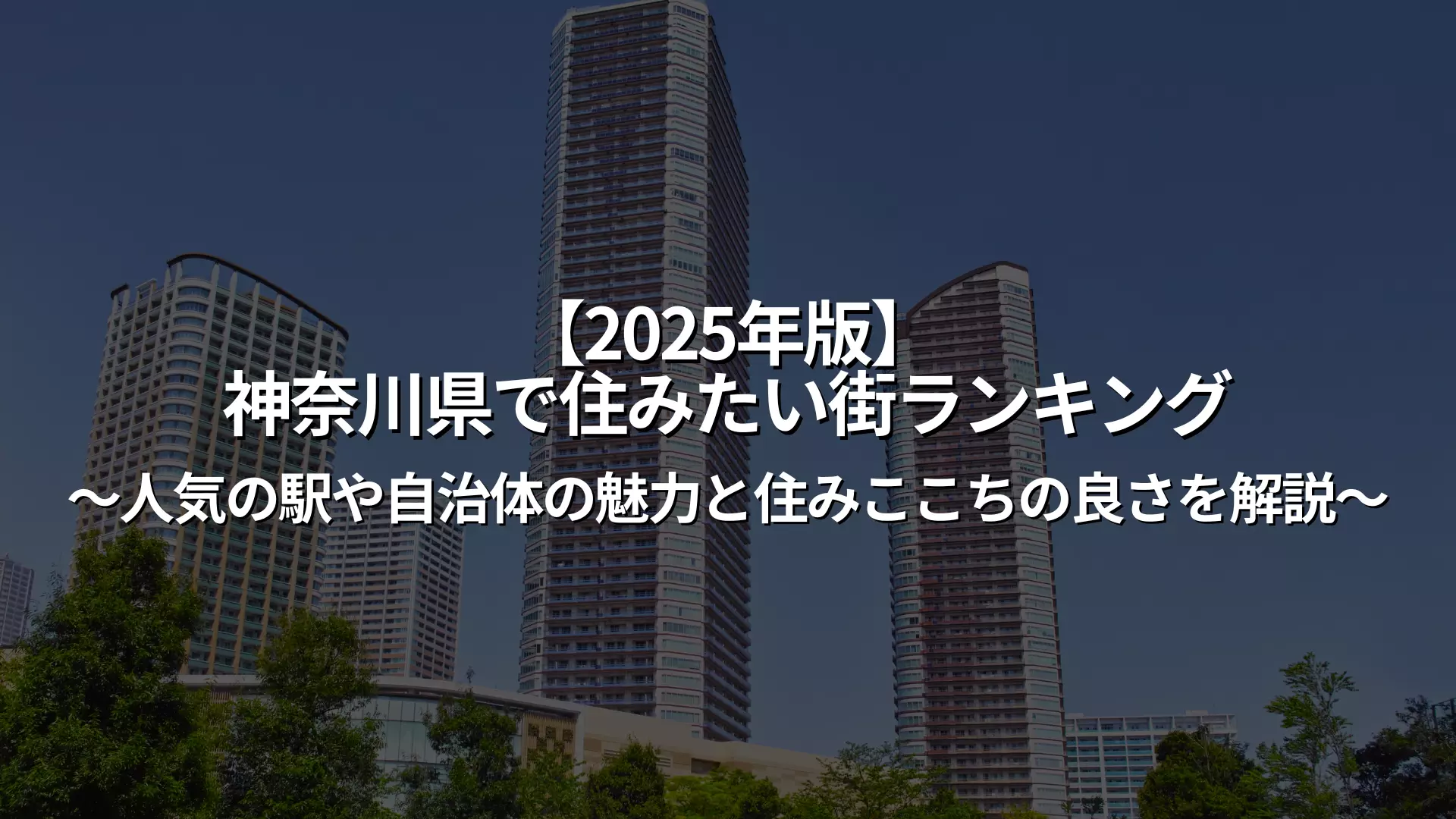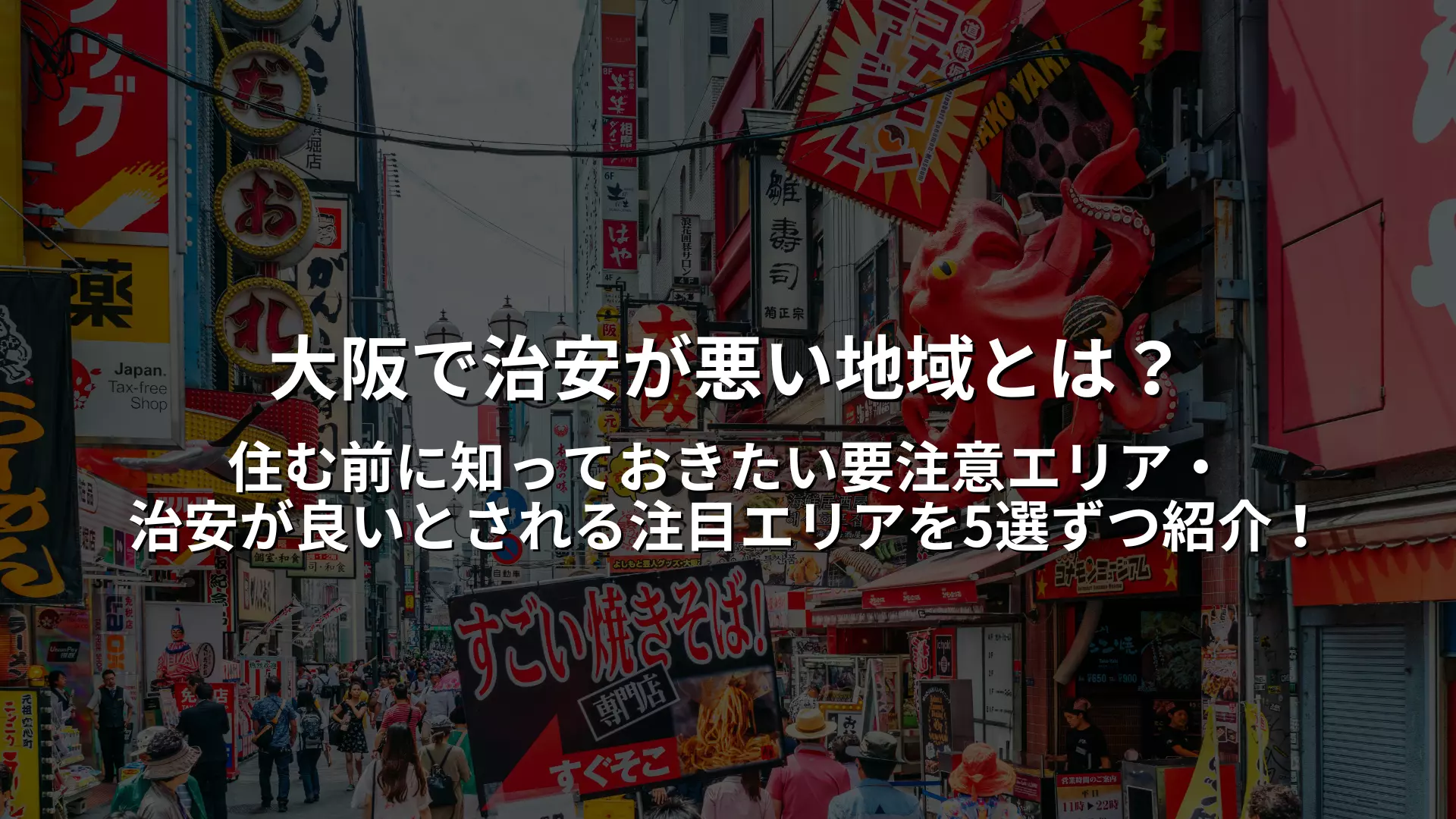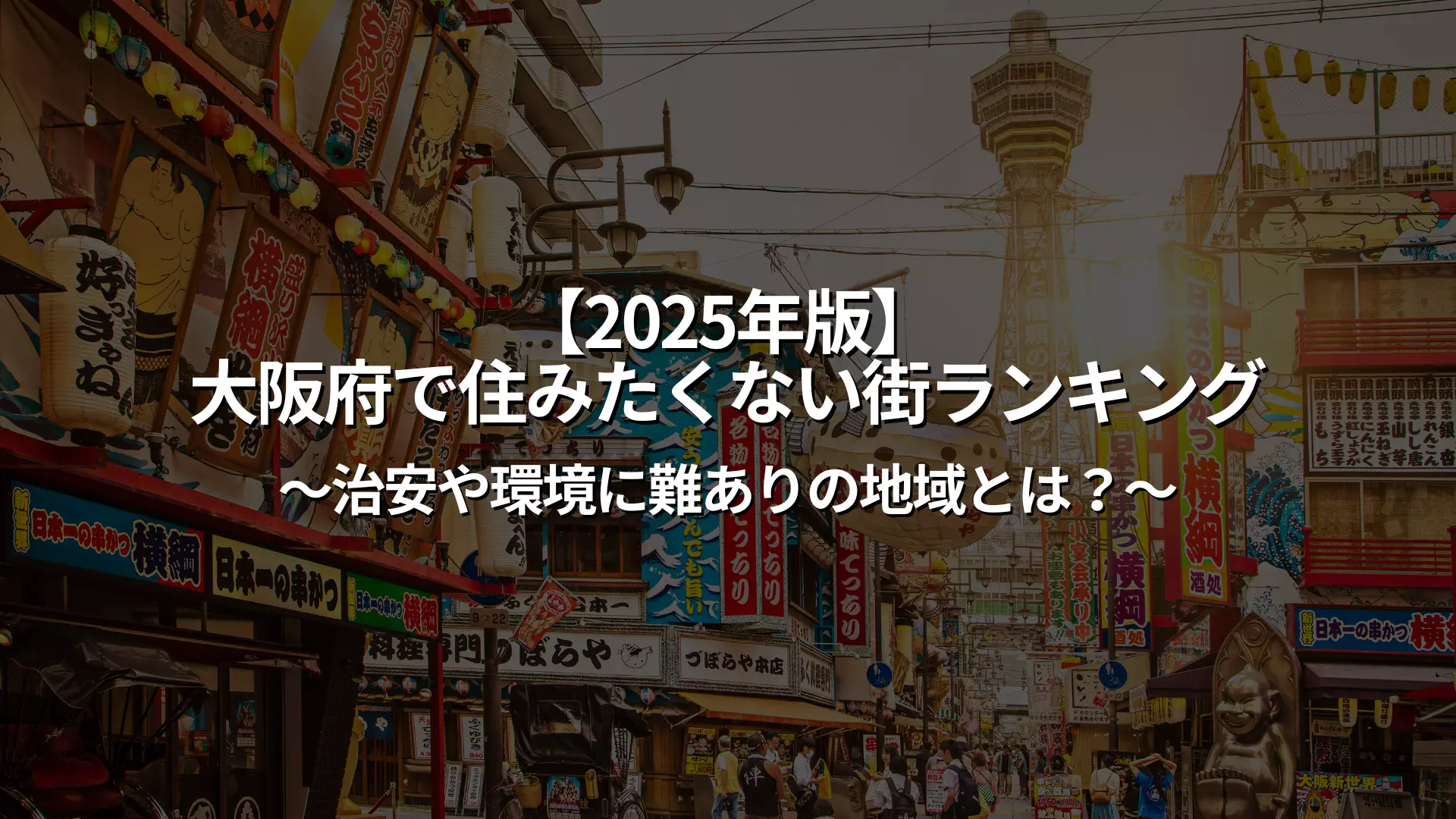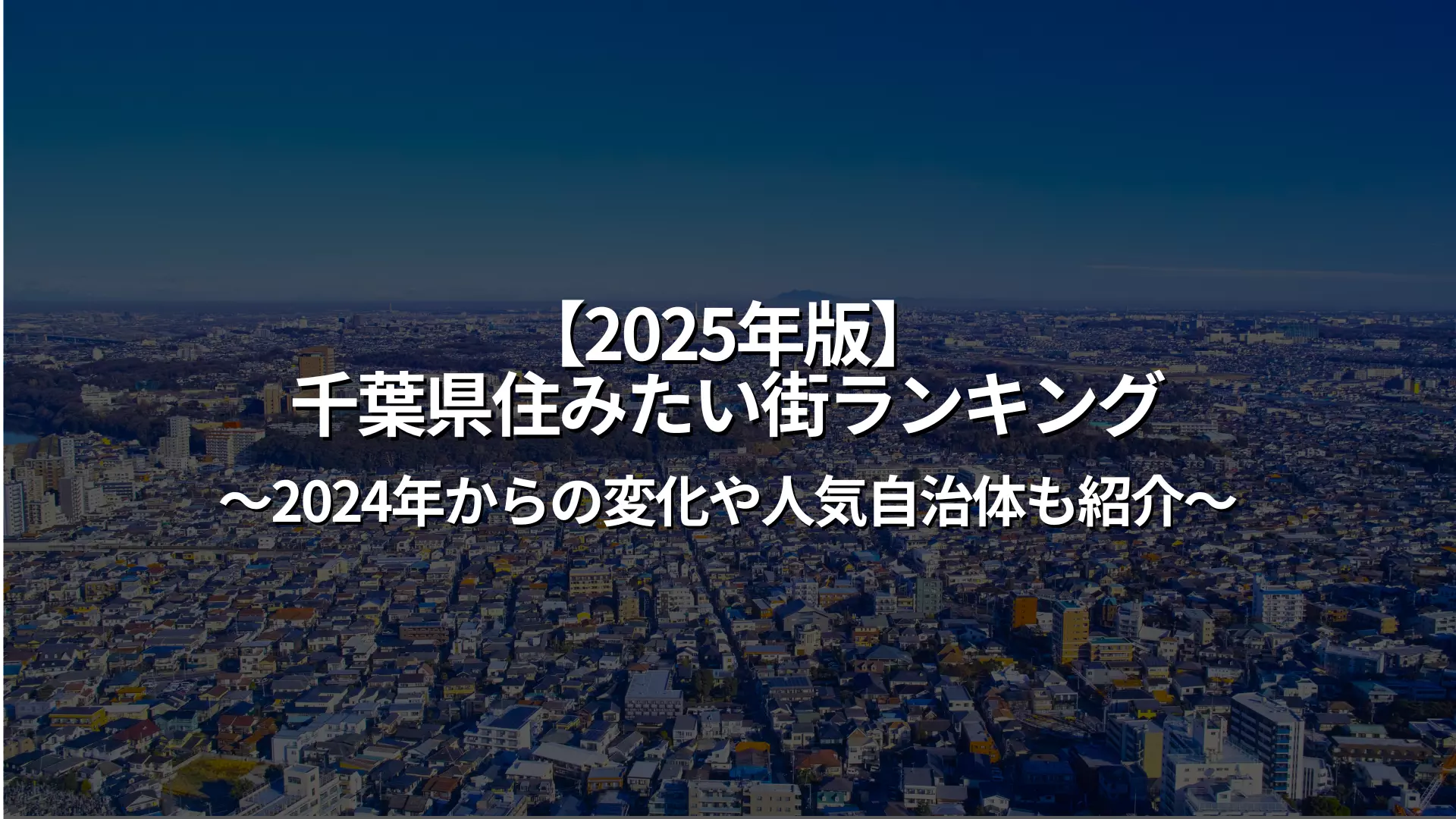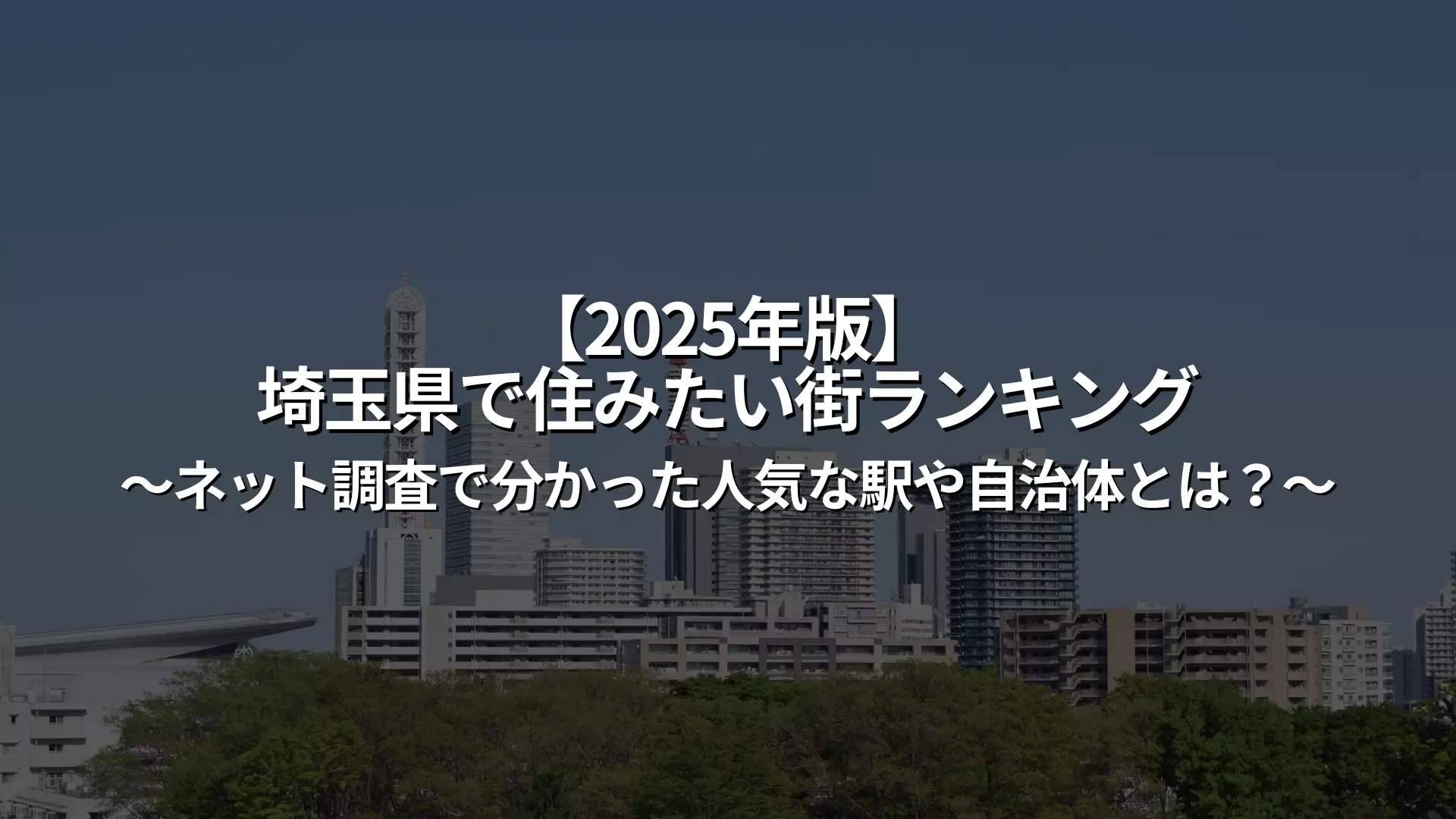What is the average rent for living alone in Tokyo?
When you start living alone in Tokyo, rent is an important factor that makes up a large portion of your living expenses. The average rent varies greatly depending on the area and the condition of the property, but the general guideline is around 70,000 to 90,000 yen per month.
Especially within Tokyo's 23 wards, the closer you get to the city center, the more expensive it tends to be, with even a one-room or 1K property sometimes costing over 100,000 yen. On the other hand, in suburban areas, you may be able to rent an apartment with the same conditions for tens of thousands of yen cheaper. The key to starting your life alone comfortably is to consider the total cost, including not only rent but also initial costs and utility fees.
Here we will explain the average rent prices.
Average rent in Tokyo's 23 wards
The average rent in Tokyo's 23 wards varies greatly depending on the area, but for a 1R to 1LDK property for a single person, the average is 80,000 to 120,000 yen. In particular, the three central wards of Minato, Chiyoda, and Chuo have high rents of around 150,000 yen, followed by Shibuya and Shinjuku.
On the other hand, rents are relatively cheap in eastern areas such as Adachi, Katsushika, and Edogawa, with many properties available for around 70,000 yen. Understanding the average rent for each ward will make it easier to choose an area that suits your lifestyle and commute.
How big is the difference between the city centre and the suburbs?
Even for the same floor plan, rent can vary by around 20,000 to 50,000 yen between the center and suburbs of Tokyo's 23 wards.
For example, in Shibuya and Minato wards, a 1K property will cost around 120,000 yen, while in Hachioji and Machida in the Tama area, you can find one for as little as 50,000 yen. In suburban areas, where rent is cheaper, you have the advantage of being able to live in a larger room or a newer property for the same budget.
However, you need to consider the balance between transportation access and commuting time. If you want to keep costs down, Tokyo city and commuter towns are also viable options.
Rent estimates for 1R, 1K, and 1LDK apartments by layout
Popular floor plans for people living alone include 1R (one room), 1K, and 1LDK.
As a guide to the average rent in Tokyo's 23 wards,
- 1R is 70,000 to 90,000 yen
- 1K is 80,000 to 100,000 yen
- The market price for a 1LDK apartment is around 100,000 to 130,000 yen.
A 1R apartment has a kitchen and living room in the same space, making it compact but inexpensive. On the other hand, a 1K apartment has a separate kitchen and is recommended for people who want to separate their living space. A 1LDK apartment allows for a spacious life, but the rent is proportionally higher. It is important to choose a layout that balances your budget and comfort.
A guide to the appropriate rent based on your take-home pay
In order to continue living comfortably on your own, it is very important to set the rent according to your income. Generally, the guideline for rent is "within 1/3 of your monthly take-home salary," and if it exceeds that, the risk of having difficulty living increases.
For example, if your take-home pay is 200,000 yen, the ideal rent would be between 60,000 and 65,000 yen. In addition to rent, you will also have to pay for utilities, food, and communication costs every month, so it is important to choose a property that is within your means. Especially in areas with high rents, such as Tokyo, make sure to make a balanced decision based on your desired commute time and layout.
In this chapter, we will introduce the appropriate rent price based on your take-home pay.
The basic rule is that rent should be within 1/3 of your take-home pay.
The basic rule for living a financially stable life is to keep your rent within one-third of your monthly take-home pay. This is a guideline that is widely recommended by the Ministry of Internal Affairs and Communications and real estate websites, and is a benchmark for leaving some leeway for living expenses and savings.
For someone with a monthly salary of 180,000 yen, the upper limit for rent is around 60,000 yen. If you exceed this amount, you may not have enough money left over for utilities, food, and entertainment expenses, which could lead to a decline in your quality of life.
Especially when looking for a property in Tokyo, it is important to consider not only the rent but also the price including common charges and management fees.
Rent guide for students and new graduates
It is realistic for students and new graduates to set their rent based on their take-home income and the amount of money they receive from their parents. For students who receive money from their parents, a safe range is 50,000 to 60,000 yen per month, and even if you include part-time income, 70,000 yen or less.
For new graduates, if your starting salary is around 180,000 to 220,000 yen, a rent of 60,000 to 70,000 yen is appropriate. You should choose an area that is convenient for commuting to work or school, and also consider living expenses and savings.
Especially when starting a new life, there are many initial costs and expenses for furniture and appliances, so keeping your rent down will give you peace of mind in the future.
It is also important to balance living expenses other than rent
When living alone, you need not only rent but also other living expenses every month, such as food, utilities, communication fees, daily necessities, etc. Even if you keep rent to within one-third of your take-home pay, you run the risk of going into the red if you overlook other expenses.
In Tokyo, utility bills are generally about 10,000 to 15,000 yen, and communication fees are about 5,000 to 10,000 yen. If you add in food and transportation costs, it is ideal to keep your monthly expenses, including rent, to about 2/3 of your take-home pay.
By being conscious of the balance between your monthly income and expenses, you can live a stable life on your own without any stress.
Search for a room
Only furnished properties with appliances are listed!
Recommended Tokyo areas for those who want to keep rent low
When considering living alone in Tokyo, high rents can be a big hurdle, but depending on the area you choose, you can make significant savings. In popular areas in the city center, rents of over 100,000 yen are the norm, but by venturing a little further away, you can find a property where you can live comfortably for around 60,000 to 80,000 yen. In particular, in the eastern part of Tokyo's 23 wards, Tokyo city center, or areas popular as commuter towns, you can keep rents low while still maintaining convenience.
In this chapter, we will introduce in detail "good value for money areas" that have a good balance between wards and stations with low average rent, accessibility, safety, and the surrounding environment.
Ranking of Tokyo's 23 wards with the lowest average rent
Even within Tokyo's 23 wards, average rent prices vary greatly depending on the area.
The top ranking wards with the lowest rent as of 2025 are:
- 1st place: Edogawa Ward (average 76,000 yen)
- 2nd place: Katsushika Ward (74,000 yen)
- 3rd place: Adachi Ward (77,000 yen), etc.
Although these wards are a little far from the city center, they have a good transport network with the Toei Shinjuku Line and Keisei Main Line, so you won't have any inconveniences in life. They also have a good range of living infrastructure such as supermarkets, hospitals, and parks, and prices are relatively low, so they are recommended for first-time residents living alone. If you want to keep costs down, these wards are a good place to start.
Tokyo's hidden gems and prices
Even outside of Tokyo's 23 wards, there are many attractive areas where you can live at low rent.
- Hachioji City (average 53,000 yen)
- Machida City (61,000 yen)
- Fuchu City (60,000 yen) etc.
Compared to the city center, rent is about 20,000 to 40,000 yen cheaper, and it is easy to find spacious 1R or 1K properties, which is an attractive point.
In addition, the JR Chuo Line, Keio Line, and Odakyu Line pass through the area, so access to Shinjuku and Shibuya is relatively good. There are many commercial facilities and restaurants around the station, so it is very convenient for daily life. The city area is especially popular with students and new graduates living alone, and it is the perfect area for those who want to live "cheap, spacious, and quietly."
A cost-effective area with good access, safety and convenience
"Cost-effective areas" that take into consideration not only rent but also commuting access, safety, and convenience for daily life are also attracting attention.
For example, in Nerima and Itabashi, the average rent is relatively low (around 79,000 to 82,000 yen), but you can quickly access Ikebukuro and Shinjuku by using the Toei Oedo Line or Tobu Tojo Line. In addition, the good public safety and the calm atmosphere of the residential areas are also reasons for their popularity. Furthermore, the southern part of Nakano Ward and the eastern part of Suginami Ward along the Seibu Line are also accessible via the Chuo Line and Marunouchi Line, making them convenient for commuting to work or school, yet with reasonable rent.
This is an ideal, well-balanced area for those who want to keep costs down without sacrificing convenience.
Rent and living comfort vary depending on facilities and age of building
Even in the same area, rent can vary greatly depending on the age of the property and the facilities it comes with. Newer properties and apartments with the latest facilities tend to have higher rents, but they are popular because they are comfortable and convenient.
On the other hand, even if a property is old, if it has been renovated and is well-maintained, there are no major issues with comfort and it is attracting attention as a way to keep rents down. Since the layout and quality of the facilities are also directly linked to life satisfaction, it is important to carefully consider not only the low rent but also the "ease of living" of the property as a whole when selecting a property.
Here we will explain the items that change depending on the facilities and age of the building.
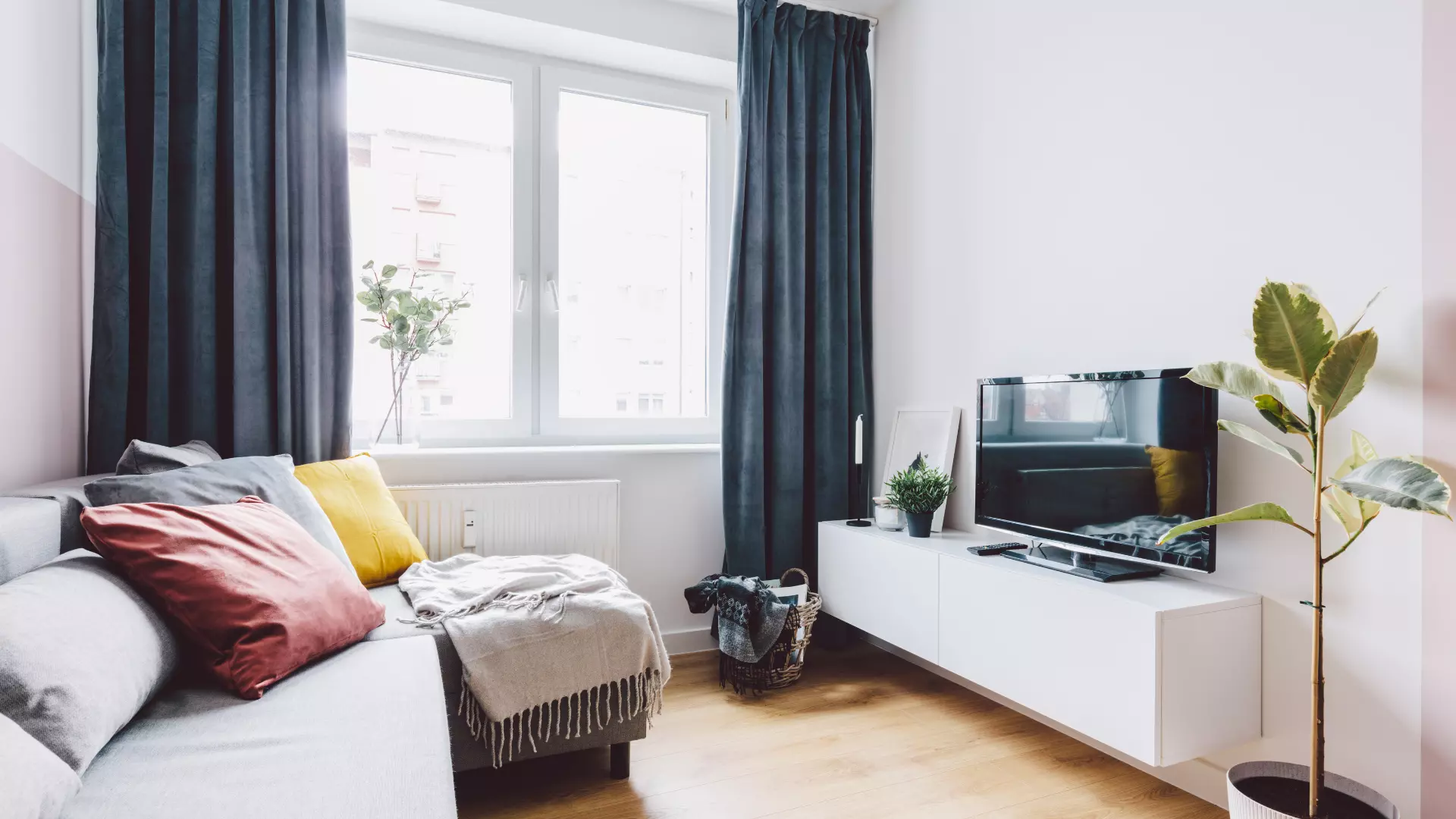
How age and structure of a building affect rent
The age of the property and the structure of the building are some of the factors that greatly affect the rent. Generally, properties that are newly built (less than 5 years old) have higher rents, while properties that are over 20 years old can be 10,000 to 20,000 yen cheaper in the same location.
In addition, reinforced concrete (RC) and steel-reinforced concrete (SRC) structures have excellent sound insulation and earthquake resistance, and tend to have higher rents than wooden apartments. Even wooden apartments that are newer often come with a full range of facilities, so it may be possible to keep costs down while still ensuring a comfortable living environment.
Look at the balance between age and structure and choose a property that suits you.
Popular amenities and rent increases
In rental properties for single people,
- "Separate bath and toilet"
- Indoor washing machine space
- "Independent wash basin"
- Popular amenities such as "auto-lock" have a big impact on rent.
For example, properties with separate bathrooms and toilets are generally 5,000 to 10,000 yen more expensive per month than those with unit baths. Properties with high security and convenience features such as auto-locks and delivery boxes may have even higher rents. While these amenities increase the comfort of your life, it is important to balance them with the cost.
By narrowing down your search to the bare minimum, you can avoid unnecessary spending.
Tips and points to note when choosing a floor plan
Choosing the right floor plan is also an important point for living comfortably alone. If you want a compact space with low rent, a 1R (one room) is recommended, and if you want to separate the kitchen and living space, a 1K is recommended. If you want more space and comfort, you can also choose a 1LDK, but the rent will be higher.
You should also check whether there is storage space and how easy it is to arrange furniture. Furthermore, when viewing the property, you should also check the "daily life flow," "window position," and "sunlight," which cannot be determined from the floor plan alone, to ensure that you choose a property you will not regret.
Search for a room
Only furnished properties with appliances are listed!
Tips for finding a property to keep rent low
Rent for living alone in Tokyo tends to be expensive, but with a little ingenuity, it is possible to reduce costs. By being flexible in your search for a property, contract terms, and even the type of housing you want, you can increase your chances of finding a good deal in the same area.
For example, moving during the off-season and choosing a property with no deposit or key money can help reduce initial costs. It is also important not to overlook the total rent, including management fees and common area fees. In some cases, considering options such as a shared house can help you find a more cost-effective place to live.
In this chapter, we will introduce some tips for finding a room to keep rent low.
Benefits of looking for a property in the off-season
There are "peak seasons" and "off-seasons" when looking for a property, and if you want to keep rent down, it is effective to target the off-season (around May to August).
Especially in Tokyo, moving season is from January to March, when competition is high and rents are often set aggressively. On the other hand, in the off-season, landlords who want to reduce vacancy rates often relax their conditions, making it easier to negotiate rent reductions and free rent (such as one month free rent).
Another major advantage is that you can take your time to compare options. It is not uncommon to be able to get a better deal on the same property by simply waiting a little longer.
Points to note about properties with no deposit or key money
Properties with "no deposit or key money" have the advantage of significantly reducing initial costs, but it is important to check the details carefully before jumping into them.
First of all, if there is no deposit, you may be charged a high restoration fee when you move out, which can be an unexpected expense. Also, properties without key money may have a high renewal fee when you renew the rental contract, or a penalty fee when you cancel. Furthermore, the price may be low due to poor management or frequent tenant turnover.
The key to avoiding trouble is to carefully check not only the property conditions, but also the contract contents and reputation.
Tips for not overlooking rent negotiations and management fees
If you want to reduce your rent even a little, the key is to choose a property with negotiation in mind and to check the total amount including management fees. There are many cases where there is room for negotiation, especially in properties that are old or have been vacant for a long time. Rent reductions of around 1,000 to 5,000 yen or free rent negotiations are relatively easy to get approved.
In addition, since "management fees and common area fees" are often several thousand yen per month in addition to the rent, be sure to compare the combined "effective rent." In addition, there may be separate charges for internet and bicycle parking, so it is important to pay attention to the total cost when choosing a property.
Shared houses are also recommended
If you want to keep rent low, a shared house is also a good option. Even in Tokyo, there are many shared houses that come with furniture, appliances, and utilities for around 30,000 to 60,000 yen per month. Many properties do not require a deposit, key money, or brokerage fee, allowing you to significantly cut down on initial costs. Although privacy is limited due to shared spaces, there are also benefits such as more opportunities for interaction and sharing housework and lifestyle know-how.
In addition, there are properties nationwide that allow short-term leases, making them suitable for people who change jobs, are transferred to a new location, move to Tokyo, or experience other changes in their lifestyle. For those who are cost-conscious and want a flexible lifestyle, a share house is a very attractive choice.
What are the initial costs involved when moving out on your own for the first time?
When you start living alone in Tokyo for the first time, you will have to pay various initial costs in addition to rent. Generally, the initial costs required when moving in are about 4 to 6 months' rent, which is roughly 200,000 to 400,000 yen. This cost includes the security deposit, key money, agency fee, advance rent, etc.
You will also need to pay for moving expenses and the purchase of furniture and appliances. If you don't create a proper budget, you may run out of money before you even start living there, so be careful.
Here we will explain in an easy-to-understand manner the breakdown of the main initial costs and tips for saving money.
Breakdown of deposit, key money, and agency fee
The initial costs that many people incur when signing a rental contract are the deposit, key money, and agency fee.
- Deposit: This is used to cover the cost of restoring the property to its original state when you move out, and is usually equivalent to one month's rent.
- Key money: This is paid as a token of appreciation to the landlord, and is generally equal to one to two months' rent.
- Brokerage fee: This is the fee paid to the real estate agency, and is usually 0.5 to 1 month's rent.
In addition to these costs, you will also have to pay advance rent and fire insurance, so it is a good idea to estimate "4 to 5 months' rent" when signing the contract. Recently, there has been an increase in properties with no deposit or key money, making them a good option for those who want to keep costs down.
Moving expenses and preparation costs for furniture and appliances
The cost of moving varies depending on the amount of luggage, the distance to be moved, and the time of year, but the average moving cost for a single person is between 30,000 and 60,000 yen. Prices rise during the busy season from March to April, so you may be able to reduce costs by moving at a different time.
In addition, it is common to spend around 100,000 to 150,000 yen on furniture and home appliances. Just purchasing the bare minimum items necessary for daily life, such as a refrigerator, washing machine, microwave, bed, curtains, etc., will cost a considerable amount of money.
You can save a lot of money by not insisting on buying new items and instead making use of recycle shops and flea market apps.
How to start a new life while saving money
There are a few effective ways to achieve a comfortable life alone while keeping initial costs down. First, you can significantly reduce costs by choosing a property with no deposit or key money or free rent (a period when there is no rent).
You can also cut down on purchasing costs by choosing a rental property that comes with furniture and appliances. It is also effective to move during the off-season, reduce your belongings and carry them yourself, etc. In addition, it is also recommended that you do not buy everything from the beginning, but instead buy the things you need little by little after you start living there.
Control your expenses within reasonable limits and design a comfortable lifestyle that you can maintain for the long term.
Search for a room
Only furnished properties with appliances are listed!
Summary | Understand the average rent prices and find the right home in Tokyo for you
When starting to live alone in Tokyo, the most important thing is to "correctly understand the average rent and choose a home that suits your income and lifestyle." There is a large difference in rent prices even within Tokyo's 23 wards, and if you look further into the city and suburbs, there are more reasonable and comfortable options.
In addition, rent varies depending on the age of the building, the facilities, and the layout, so it is important to find the balance between cost and comfort. By being creative with how to reduce initial costs, negotiating skills, and timing your move, you can keep costs down and start your ideal new life.
The key to successfully living alone in Tokyo is to gather information and choose a property carefully. First, take your time to compare and search for areas and properties that fit your budget and desired conditions.


